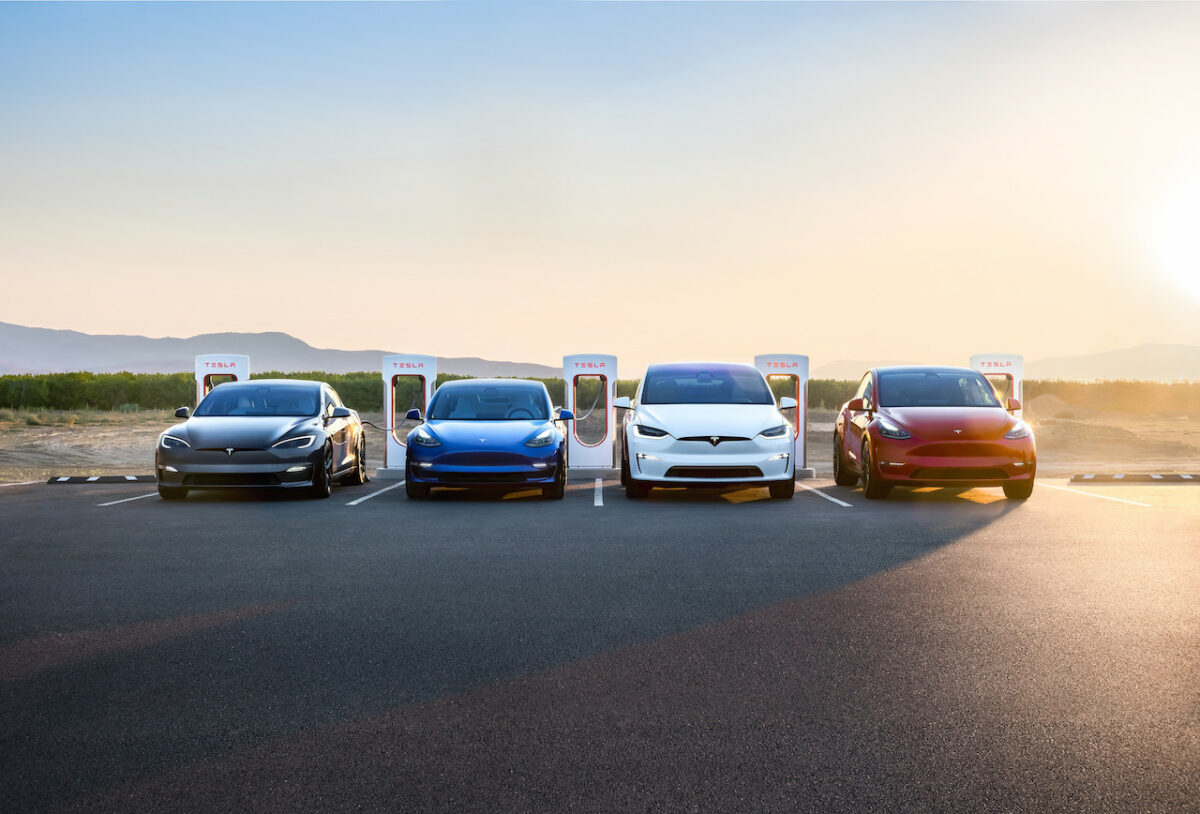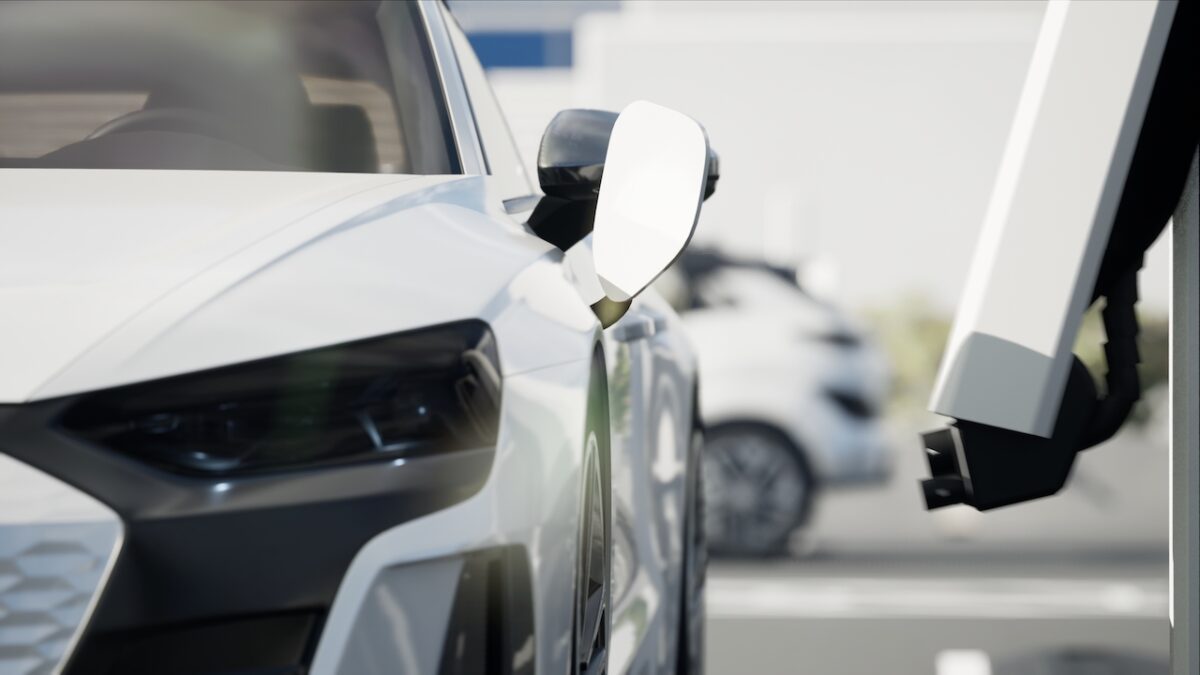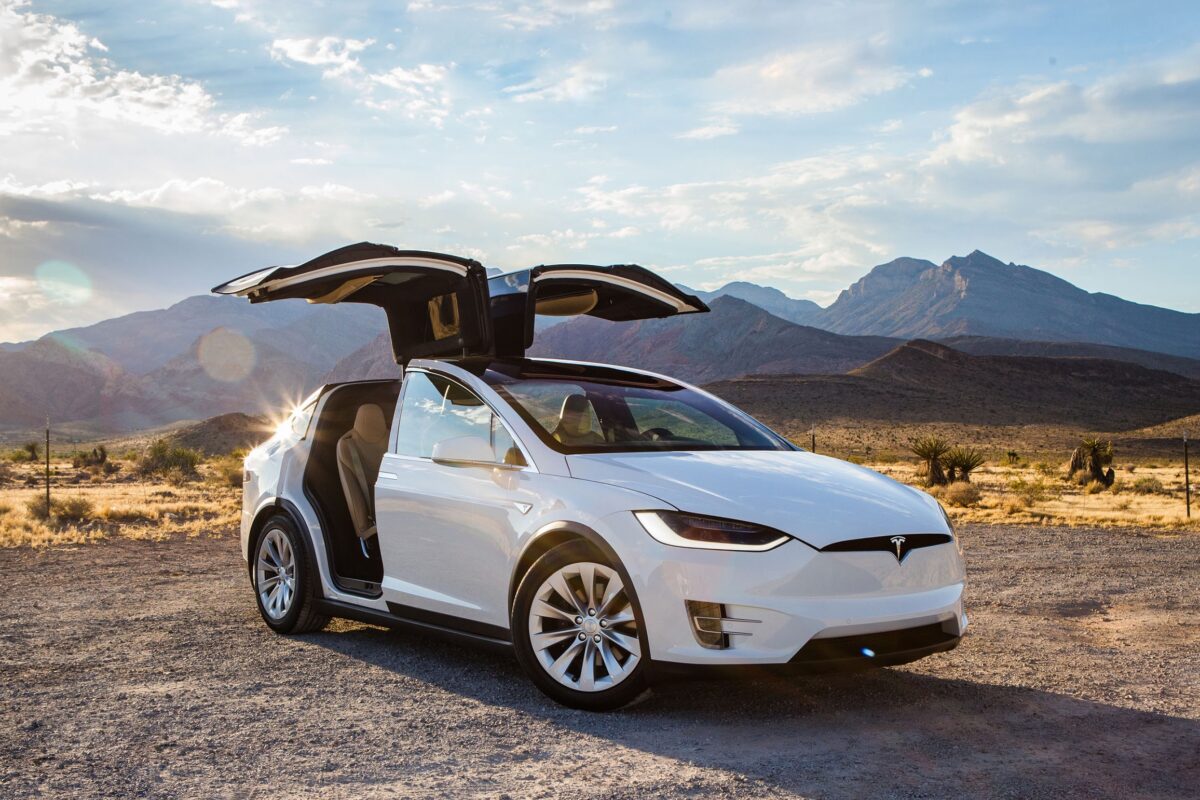What links sheep, scooters, start-ups and sickness? And more to the point, what are they all doing in an article about next-generation transportation? Each, we heard at Automotive World’s M:bility | California conference, has a role to play in the development of future mobility solutions.
Let’s start with the easy one. Depending on where you live, work and walk, scooters are either something you’ve heard about, something you’ve tripped over, or something you’ve ridden and enjoyed.
They’re easy to use, fun and convenient. And anyone can use them—which has many upsides, and huge downsides. Scooters democratise mobility, but they also put fast-moving vehicles into the hands of people under no obligation to prove previous experience, road traffic knowledge or sobriety, and they’re certainly not allowed to be ridden on the sidewalk—a rule as widely flaunted as any traffic regulations by those riders who do venture off the pedestrian walkways.
Scooters are either something you’ve heard about, something you’ve tripped over, or something you’ve ridden and enjoyed
Scooter riders zip across roads, dart on and off pavements and amongst parked cars. In an era when automakers and suppliers are making huge strides in programming autonomous vehicles (AVs) to identify vulnerable road users (VRUs), along comes a mode of transportation that creates a new VRU segment, and moves erratically and inconsistently, adding huge complexity to AV coding.
Scooters and sheep are unlikely to be found in the same areas, but sheep—we heard at M:bility | California—also present a major challenge for AV developers; they, too, move erratically and inconsistently, running and gambolling across roads in ones and twos, and in flocks. When moving together, their irregular silhouettes create additional identification challenges for vehicle sensors. To be fair, other animals present similar issues—and kangaroos are a different story entirely—but sheep certainly keep robotaxi coders awake at night.
As we prepare for a world of robotaxis, the industry must also properly address the unpleasant issue of sickness. As this publication has previously noted, motion sickness—or kinetosis—is a make-or-break issue for AVs, and robotaxis create perfect conditions for kinetosis: riders may find themselves in significantly different seating configurations compared to the traditional vehicle layout; in-vehicle infotainment, with movies projected onto large screens or vehicle windows, will prevent clear visibility out of the vehicle, let alone clear visibility of any kind of horizon; and riders will have no control over the vehicle’s acceleration, braking and turning.
Sheep certainly keep robotaxi coders awake at night
Rider sickness—caused by kinetosis, or possibly inebriation—will undoubtedly take a robotaxi off the road. Returning it to a depot for cleaning will see the operator incurring considerable cost, as well as lost revenue.
But how will a robotaxi operator even know about the condition of the vehicle’s interior? Occupant monitoring will be essential, but it raises questions about how this will be implemented, as well as issues of anonymity and privacy. Remote monitoring by human operators would require considerable manpower. Silicon Valley start-up mpathy.ai, however, told the conference it believes it has a workable solution—a fully connected artificial intelligence-driven camera system that it says can be easily installed in the robotaxis of tomorrow.
And what about the smell of the cabin’s interior? If someone has been sick—or even if they haven’t, but are nonetheless the source of unwanted and unpleasant smells—the vehicle at best needs airing, or more likely deodorising. Enter ‘artificial nose’ technology, which can detect malodorous conditions and activate cabin ventilation or perfume ducts accordingly.
Motion sickness—or kinetosis—is a make-or-break issue for AVs
Such technology comes from nimble, agile start-ups, but to move ideas from the drawing board into scalable businesses, they need plenty of investment. Fortunately, there’s currently plenty of investment to be found, from private venture capital (VC) firms to automaker corporate VCs seeking out exciting ideas that can be nurtured and grown.
VC portfolios work on a two-thirds/one-third assumption, explained Jim Adler of Toyota AI Ventures, with the larger share of the portfolio struggling to return capital, supported by the success of the companies in the smaller share. To succeed in the fast-moving future mobility field, then, companies need to stand out from the crowd—to be the black sheep, if you like. And then they might be closer to making the connection between sick, scooters, start-ups and sheep.
This article featured in the Automotive World special report: M:bility | California – key takeaways, which is available to download now.



